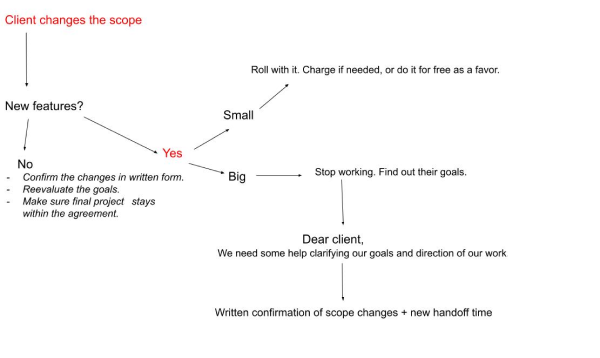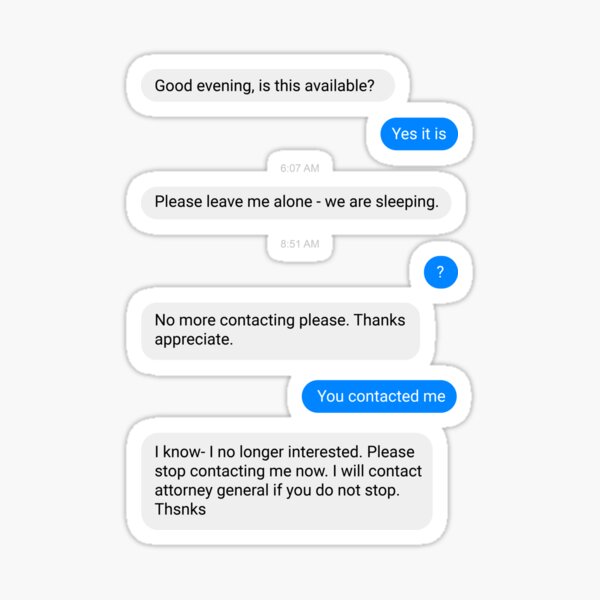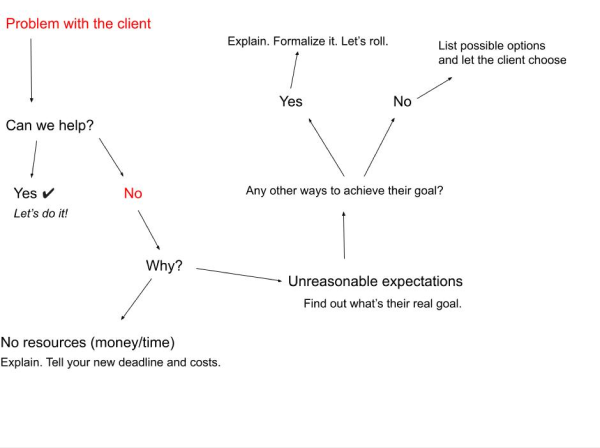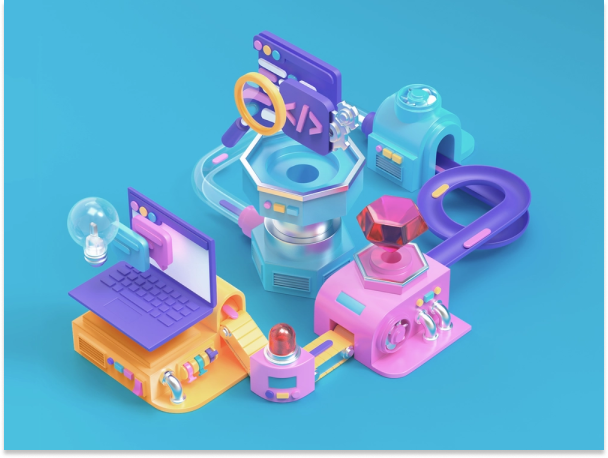Communication is key to building credibility. There are a lot of “hacks” on how to build a relationship with clients. Some are even useful. But we think it’s time someone gave you real practical advice.
Contents:
“Tell me what you want or tell me how to do it. Don’t tell me both.”
— Rule of Thumb
Discover:
- How to set boundaries without frustration on both ends
- Why is it necessary to communicate your vision of an agile project
- What it takes to build a perfect roadmap
And if you’re still searching for your first client, we recommend our article on how to convince anyone to outsource their web development.
What’s the goal of healthy client communication in agile development?
When outsourcing, a customer never has full control over what’s happening.
Successful communication increases the probability that a client will be fully satisfied with the final product. It soothes the nerves, creates friendly working relationships, and gives more freedom to a developer.
Building trust is key to regular clients. And that means more profit, reputation, and glory in the end.
Show your client how to work with you
Through smart onboarding and communication guidelines.

Communication when changing the scope of work
Onboarding is not just about getting leads, but also communicating with clients. It’s very important to clarify what to expect from you after they hit that “send” button. Ideal onboarding provides answers to 3 key questions:
- What services do you provide (in details)?
- On which principles do you provide those services?
- How exactly can your services be useful to a client?
Don’t make promises or guarantees. Speak only the language of facts: this is one way to exclude unrealistic expectations. Don’t be afraid to scare off potential customers without honeyed words. Show off your amazing portfolio, if you’re a freelancer, or take time in grinding your website to perfection, if you’re a company.

meme dialog by redbubble
Write yourself some guidelines on how to communicate with a client in emails and messages. Set the tone first and send follow-up letters after meetings to make sure you’re doing the same thing your client has asked for.
Please don’t write emails like a bot! When you need to explain something important to a client, use simple wording. Keep it professional, but clear. Approve or reread the most important letters. Write clear subject lines.
Set realistic deadlines while managing an agile project. Set achievable goals. Communicate with them in a believable way. Teach employees how to deal with clients’ objections and comments.

Guide on how to deal with any problems with a client
Update product roadmap
A roadmap is a plan of how the end goal product should look. It’s important so that clients can understand the timing: how long it will take for you to implement this or that functionality in the project.
In the end, a roadmap should address and offer solutions to a sequence of a client’s problems. “First, we will solve this critical problem, then this one, and then this one.” Build your roadmap this way, and you will have a picture of what user problems you are going to solve with your functionality.
Getting the roadmap right from the start can save time and resources in the future, but development is tricky, and sometimes adjustments are necessary, especially in agile projects.
If you’re adding tasks to your backlog, will the final look change? Will the project help with some other client’s problems, other than the ones you discussed in the beginning? If the answer is yes, update the roadmap. Keep it current and make sure the client knows about it.
Don’t let your perfectionism get the best of you. Being on schedule is more important for a client than introducing new features.
It’s not just sprints and scrums
According to Clockwise, most teams’ favorite days for meetings are Tuesday (29%), and Wednesday (25%). Alternately, almost half of employees (47%) hate meetings on Mondays. That’s some fun info for you.

clipped by Gify
When is it better to communicate with clients? A day of the week doesn’t make a difference. What does, is that in the end, you should regularly have 2 types of meetings with them: vision-alignment meetings, and retrospective meetings. Schedule them after you finish several sprints.
Vision-alignment meetings are the ones where your team and a client can reassess the state of a roadmap, offer changes to its timeline and budget. When working on an agile project with a client, help her or him make sure that:
- A project is heading in the right direction.
- There is a unified vision of the final product.
- You solve the occurring difficulties before the stage of project delivery.
Misunderstandings reduce the value of the product and increase the likelihood that the final version will differ from the customer’s perceptions. This will lead to additional spending on changes, revisions, and testing of the project. Vision-alignment meetings help prevent this. They are a general fixer-upper for unhappy clients.
Retrospective meetings are the ones that allow us to discuss the existing state of affairs. What’s communication that works? What sucks? That kind of stuff. They are also a great way to receive positive feedback: recognition of teams’ merits by others.
80 years ago, Dale Carnegie said that recognition of one’s importance is the best motivation. If a client shares how the product is already changing something for the better, a tremendous boost of confidence and motivation to work will sure to follow. These kinds of meetings can be part of a sprint or a scrum. Write action items during meetings, so you don’t forget them after.
Un-confuse your backlog
Write a backlog in a simple and accessible language, without technical specifications, so that it is understandable to everyone on the team, and to clients. Reflect all changes and product requirements. On time.

illustration by Shakuro
Sometimes a backlog will overgrow with different features that you want to implement, small tweaks, big tweaks, and more. But it’s important to keep track of 2 things:
- A backlog must still be easy to understand.
- Budget and time are more important to a client than new features unless they are necessary.
Backlog refinement is an activity where a team and a product owner revise all elements of the product. This process should not exceed 10% of the development team’s working time.
Always keep in mind clients’ problems that your work is going to solve. They are the key points to if you want to build a relationship with clients.
Set boundaries
Building boundaries is one of the major components of the meaning of communication. And it doesn’t matter if you work for hire or run your own company. Don’t be afraid to “offend” a client: most people understand basic etiquette, and some requirements on your end mean you will respect theirs as well.

photo Unsplash
- Define channels of communication.
Skype, Telegram, WhatsApp, email? Just make sure you stick to it to build trust. It is important to be available to your clients, but you cannot communicate with them continuously during working hours — you simply will not have time to do anything.
Try to summarize conversations by email or in a project management system. Make a list of reminders and active tasks for both parties and then send this list to the client. Emails will become a valuable archive in the future for you and your team, as well as for the client trust building.
- Don’t strain yourself.
Did you know that overworking increases the likelihood of developing diseases of the cardiovascular system? In 2016, overworking led to the deaths of 745 000 people. Of these, 398 000 died from a stroke. Another 347 000 died from other heart diseases. This is an official statistic by WHO.
- Don’t be afraid to ask questions.
This is a part of the boundaries, strangely. Some developers and designers think they must understand everything a client needs from one message. But they don’t pay you to be a psychic.
You might feel a bit silly clarifying some information, but most of the time, clients appreciate the follow-up.
- Ask “Why?”
The most important question. Ask it when a client is constantly offering changes to an initial project. Often, a customer doesn’t understand why she or he needs this or that feature. Understanding the goal will help build teamwork more productively, as well as be a fixer-upper for unhappy clients. Many times, “I want this” doesn’t mean a product owner really needs it. Don’t add stuff that will ruin the complete picture just because.
Value people, not prospects

photo by Unsplash
Repeat clients bring more coin than new ones. Many product owners, when looking for an outsourcing company and managing agile project, complain that over time the enthusiasm of contractors disappears.
It’s a grave mistake to pay more attention to new projects and ignore old relationships with clients. Care for the friends you’ve got, implement effective communication methods. This will make you stand out from the competition and earn credibility. And credibility means everything.
Be transparent… But what does it really mean?
Everyone is talking about transparency. But is it really just inviting your client to all meetings by default for the agile project management?
Transparency means honesty. You should always tell your customers how things are. It doesn’t matter if you have good news or bad news for them. Tell them everything they need to know and exactly what you need to do.
The importance of transparency is twofold. First, it is important to be transparent in communication, because you are partially responsible for the success of someone else’s business. Never forget that you are wasting other people’s hard-earned money. A client should know what specific problems she or he can solve with your help.
Second, transparency is critical because it guarantees your long-term future. If you make a mistake, it is your responsibility to inform the client as soon as possible. Both of you will be better off.
The good news is transparency is easy. Create honest presentations and reports, and use screen sharing when it comes to performance metrics. If customers see the same thing as you, you simply cannot hide anything from them. Details like these turn clients into regular business partners.
***
To sum up, these are key communication aspects you need to remember to improve the relationship with a client:
- Show clients how to use your service.
- Keep the roadmap current.
- Scrums and sprints are not everything there is.
- Delete. Unnecessary. Stuff.
- Don’t be a person who tries to please everyone.
- Ask questions.
- Don’t make “transparency” tedious.
- Repeat clients are your homies.
Still not sure how to be a company or a freelancer that everybody wants to hire? Read this article where we explain what qualities clients usually seek in outsourcing companies. And, as always, if you have any questions, don’t hesitate to get in touch with our team.
